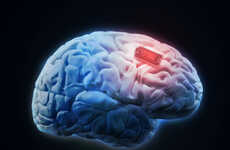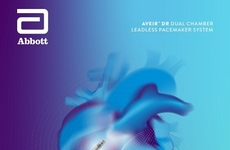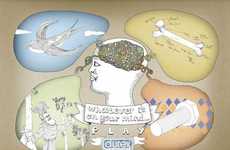
Brain Pacemaker Wakes Man From Near-Vegetation
Ben Preiss — August 2, 2007 — Unique
References: news.yahoo & abcnews.go
For the first time, deep-brain stimulation, using a brain pacemaker, was used on a patient in a minimally conscious state. The pacemaker, which uses two electrodes to send impulses into a part of the brain regulating consciousness, was implanted in the 38-year-old man enabling him to chew his food, watch a movie and talk with family for the first time in six years (when he was hit on the head in a robbery).
Implications - The brain pacemaker that woke a man who was nearly dead is certainly a breakthrough in the tech and health care communities. Electrodes were inserted into the man's brain and the 36-year-old was revived from his state of near-vegetation. This is a remarkable discovery that could have drastic implications for patients.
Implications - The brain pacemaker that woke a man who was nearly dead is certainly a breakthrough in the tech and health care communities. Electrodes were inserted into the man's brain and the 36-year-old was revived from his state of near-vegetation. This is a remarkable discovery that could have drastic implications for patients.
Trend Themes
1. Brain Pacemaker Innovation - The discovery and use of brain pacemakers to stimulate parts of the brain regulating consciousness could lead to further developments in the field of neurology.
2. Deep Brain Stimulation Advancements - With the success of the deep-brain stimulation procedure, there is potential for further research in the field to advance the technology and improve the quality of life for more patients.
3. Minimally Conscious State Treatment - The use of brain pacemakers in treating patients in a minimally conscious state may lead to the development of new treatments and therapies for other neurological disorders.
Industry Implications
1. Healthcare Industry - Further research and development in the use of brain pacemakers and deep-brain stimulation technology has the potential to revolutionize the healthcare industry in the treatment of neurological disorders.
2. Neurology Industry - The use of brain pacemakers in the treatment of neurological disorders could disrupt the neurology industry in terms of treatment options, patient outcomes, and advancements in medical technology.
3. Tech Industry - Technological advancements in deep-brain stimulation and brain pacemaker technology have the potential to disrupt the tech industry with further developments aimed at improving patient health outcomes.
3
Score
Popularity
Activity
Freshness























